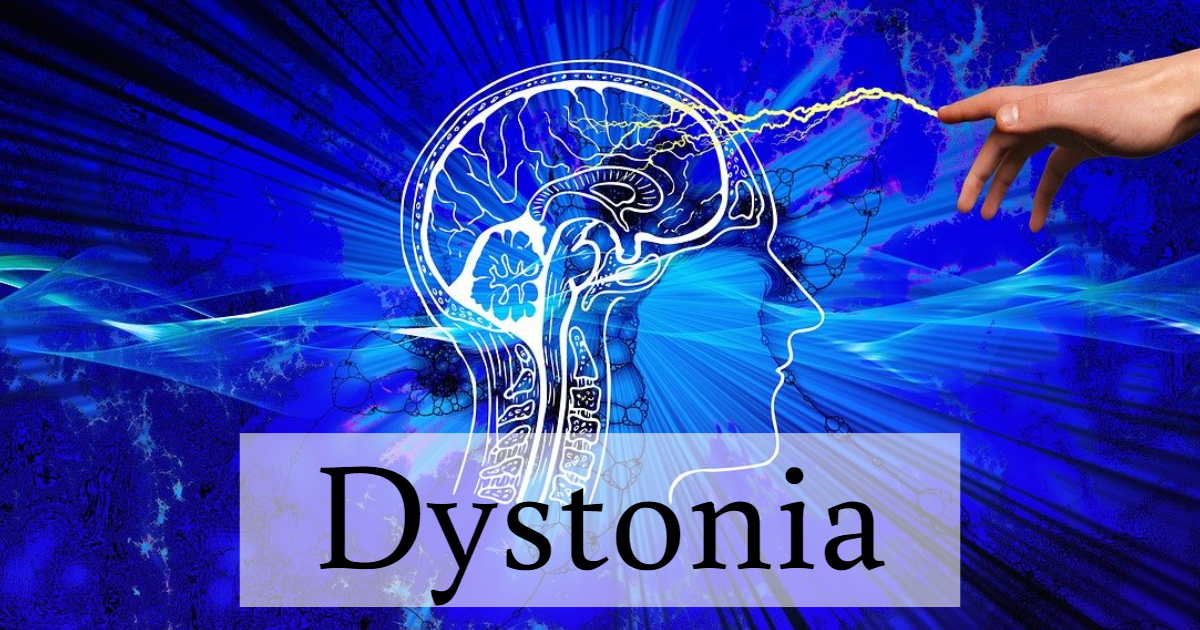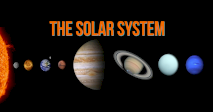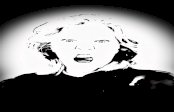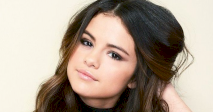Dystonia is described to be a __________ disorder syndrome.
Neurological
Psychological
Physical
People with dystonia experience _________.
Hypokinesia
Hetrokinesia
Hyperkinesia
A patient with dystonia exhibits repetitive muscle contractions resulting in twisting and repetitive movements or abnormal fixed postures.
True
False
The exhibited movements tend to resemble a __________.
Seizure
Tremor
Both
Can heredity be a reason for acquiring dystonia?
Yes
No
Pick out the major cause of dystonia:
Physical trauma
Poisoning
Drug side effects
All of the above
Blood screening is not necessary for the diagnosis of dystonia.
True
False
An effective way to treat dystonia is by ______________.
Occutational therapy
Therapeutic massage
Deep brain stimulation*
There are __________ types of dystonia that have been identified by doctors.
Six
Seven
Eight
Generalized dystonia is also known as ____________ dystonia.
Tension
Torsion
Tender
Generalized dystonia tends to start in the lower limbs and spreads upwards in the body.
True
False
____________ is a type of disorder that causes painful defecation.
Oculogyric crisis
Blepharospasm
Anismus
Laryngeal dystonia is a type of _____________ dystonia.
Segmental
Psychogenic
Focal
Another term that refers to restless legs syndrome is ____________.
Edward-Stewart Disease
Willis-Ekbom Disease
Both
A ____________ pump is used to treat patients of all ages exhibiting muscle spasticity along with dystonia.
Baclofen
Broclogen
Benlogen
Popular quizzes
Trending on HowToPronounce
- Haaland [en]
- Tottenham Hotspur F.C. [en]
- Semaglutide [en]
- jacques [en]
- Tottenham [en]
- Raonaid [en]
- Sabrina Carpenter [en]
- Netherlands [en]
- Xochitl [en]
- edmonton oilers [en]
- La liga [en]
- Jumeokbap [en]
- Calibrachoa [en]
- Philippians [en]
- Chelsea [en]








